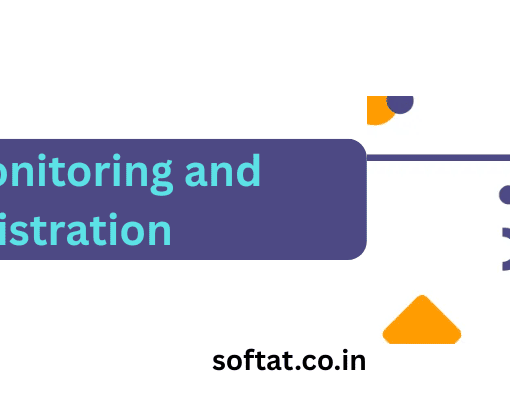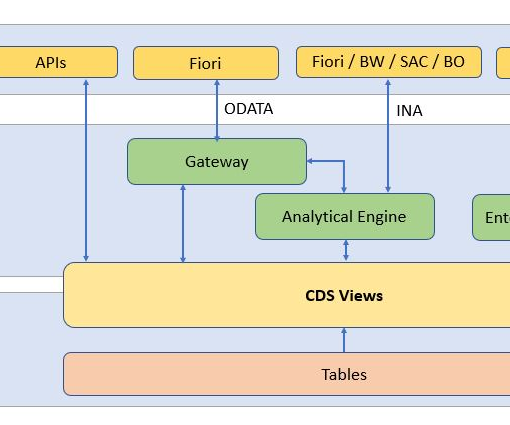The automotive industry is a complex ecosystem characterized by rapid technological advancements, stringent regulations, and intense competition. To thrive in this dynamic landscape, automotive companies must leverage advanced technologies to streamline operations, enhance efficiency, and drive innovation. SAP, a leading enterprise resource planning (ERP) solution, offers a robust platform to address these challenges. This blog delves into the intricacies of optimizing SAP for the automotive sector, exploring key areas, best practices, and the potential benefits.
Understanding the Automotive Industry’s Unique Challenges

Before diving into SAP optimization, it’s crucial to comprehend the specific challenges faced by automotive companies:
- Complex supply chain management: Managing a vast network of suppliers, dealers, and logistics providers is critical.
- Product lifecycle management (PLM): Efficiently managing product development, engineering, and manufacturing processes is essential.
- Quality control and compliance: Adhering to stringent quality standards and regulatory requirements is paramount.
- Sales and distribution: Managing a diverse customer base and dealer network effectively is vital.
- After-sales service: Providing excellent customer support and managing warranty claims efficiently is crucial.
The Role of SAP in the Automotive Industry
SAP offers a comprehensive suite of solutions tailored to the automotive industry, including:
- SAP S/4HANA: Provides a digital core for real-time insights and decision-making.
- SAP Supply Chain Management (SCM): Optimizes supply chain visibility and collaboration.
- SAP Product Lifecycle Management (PLM): Manages product development from concept to retirement.
- SAP Customer Experience (CX): Enhances customer interactions and loyalty.
- SAP Automotive Industry Solutions: Provides industry-specific functionalities and best practices.
Key Areas of SAP for the Automotive Sector
To maximize the value of SAP, automotive companies should focus on the following areas:
1. Supply Chain Optimization

- Demand planning and forecasting: Accurately predicting customer demand to optimize inventory levels and production planning.
- Supplier collaboration: Enhancing collaboration with suppliers to improve supply chain visibility and responsiveness.
- Transportation management: Optimizing transportation routes and modes to reduce costs and improve delivery times.
- Inventory management: Implementing effective inventory control strategies to minimize stockouts and excess inventory.
2. Production Planning and Execution

- Production scheduling: Optimizing production schedules to meet customer demand while maximizing resource utilization.
- Quality management: Integrating quality control processes into the production process to ensure product excellence.
- Lean manufacturing: Implementing lean principles to eliminate waste and improve efficiency.
- Production planning and control: Effectively managing production processes from planning to execution.
3. Sales and Distribution

- Customer relationship management (CRM): Building strong customer relationships and providing personalized experiences.
- Sales force automation: Empowering sales teams with tools to increase productivity and sales.
- Order management: Streamlining order processing and fulfillment to improve customer satisfaction.
- Dealer management: Effective collaboration with dealers to enhance sales performance.
4. Finance and Accounting

- Financial closing: Accelerating financial closing processes to improve financial reporting.
- Cost management: Analyzing costs and identifying opportunities for cost reduction.
- Risk management: Identifying and mitigating financial risks.
- Compliance: Adhering to financial regulations and reporting requirements.
5. Service and Maintenance

- Service management: Efficiently managing service requests and providing timely support.
- Warranty management: Streamlining warranty claims processing and reducing costs.
- Spare parts management: Optimizing spare parts inventory and availability.
- Field service management: Enhancing field service operations for improved customer satisfaction.
Best Practices for SAP Optimization
- Data quality: Ensuring data accuracy and consistency is crucial for successful SAP implementation.
- User adoption: Providing comprehensive training and support to encourage user adoption.
- Change management: Effectively managing organizational change to facilitate SAP implementation.
- Continuous improvement: Regularly evaluating SAP performance and identifying opportunities for improvement.
- Integration: Integrating SAP with other systems to create a seamless business process.
- Cloud adoption: Considering the benefits of cloud-based SAP solutions for scalability and flexibility.
Benefits of Optimizing SAP for the Automotive Sector
By optimizing SAP, automotive companies can achieve the following benefits:
- Improved operational efficiency
- Enhanced supply chain visibility
- Increased customer satisfaction
- Reduced costs
- Accelerated time-to-market
- Better decision-making
- Compliance with industry regulations
Conclusion
Optimizing SAP for the Automotive Sector is a strategic imperative for businesses seeking to thrive in this competitive industry. By focusing on key areas, implementing best practices, and leveraging the full potential of SAP, automotive companies can gain a significant competitive advantage.




